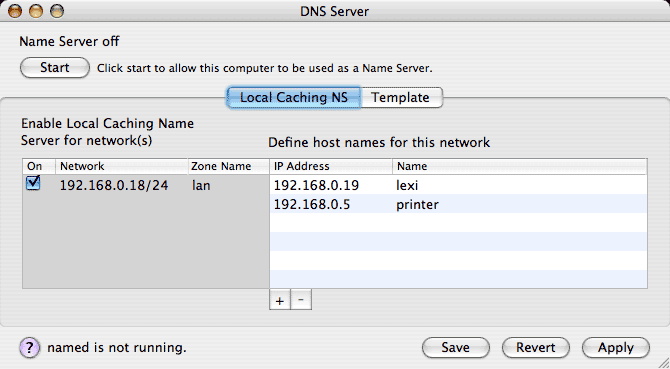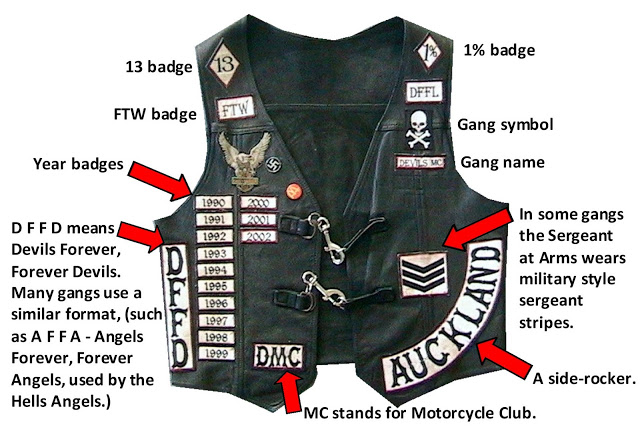

Serial % perform a calculation on a single core (see below) Output = "emcee-chain.fits", % output FITS-filename for the chain
#Emcee name free
Instead of perform a fit using fit_counts we use the emcee method:ġ00, % number of walkers, nw, per free parameterġ000 % number of iterations, nsim, i.e., the number of "walker"-steps _A(hi), _A(lo), reverse(flux + grand(nbins)*err), reverse(err) This is a working minimal example with a simple power-law spectrum. Furthermore, determining parameter uncertainties in case of a bad fit-statistic is much more robust with emcee (see below). emcee still finds the most probable solution. Or in other words, even if it is not possible to achieve a reduced χ² near 1 with a model. But given your model assumptions, it will give yout the best answer." (by Mike Nowak). Whether it’s a good answer in an “absolute” sense is a different question. In the best case, there is only one strong peak, which corresponds to the best-fit.Īnother advantage of emcee is that " the MCMC basically is working off of changes in chi^2, not the absolute value. The histogram of chosen parameter values is then proportional the underlying probability distribution, i.e., peaks in the distribution correspond to possible solutions. The result is the so-called parameter chain, which is a list parameters in each iteration step. This is in contrast to the common χ²-minimization algorithms and, thus, further possible solutions within the parameter space can be found naturally. Since the choice of going back or move further is randomized as well and weighted with the fit-statistic, a worth parameter combination might get accepted. depending on this difference, there is a certain probability that the walker goes back to its previous place.then move each walker and compare the new fit-statistic (χ² a simple eval_counts in ISIS) with where the walker have been before.use nw number of walkers for each parameter, which in the simplest case are uniformly distributed within the n-dimensional parameter space initially.Metaphorically speaking, the idea of the Markov-Chain-Monte-Carlo approach is the following:


The emcee implements such a randomized sampling of the underlying n-dimensional probability distribution. In particular, the probability for thousands of random parameter sets can be calculated, which results in a probability distribution not even for every single parameter, but also for the total n-dimensional parameter space. In many cases, convergence of the χ²-minimization algorithms, such as mpfit, fails.Īnother approach introduced briefly here is to ask for the probability that a certain parameter set describes the data. Depending on the complexity of the model, finding the best-fit might take a long time or parameter degeneracies are present, which complicates the minimization process. The common approach to find the best-fitting, or in this case the most-likely parameters of a model is to perform a χ²-minimization. Note: to access the help of any function defined in isis_emcee_hammer.sl call the function without any parameter like , which has then been ported into ISIS by Mike A. A Markov chain Monte Carlo approach has been implemented in Python by Foreman-Mackey et al. 1 Markov-Chain-Monte-Carlo hammer (emcee)Ī Bayesian data analysis to find the probability distribution for each parameter of a model after Jonathan Goodman and Jonathan Weare.


 0 kommentar(er)
0 kommentar(er)
